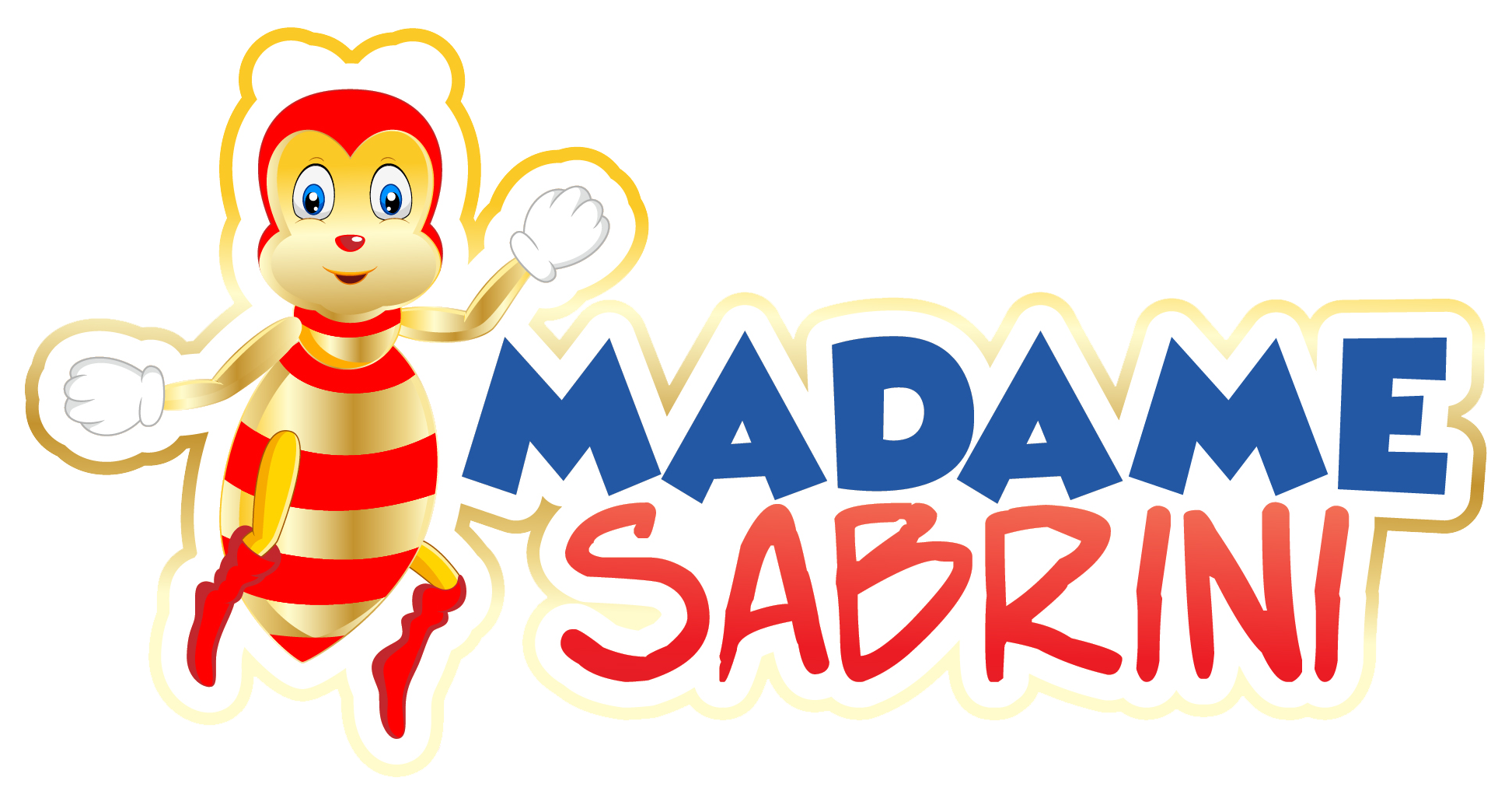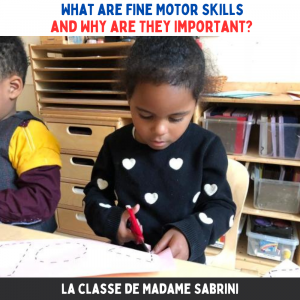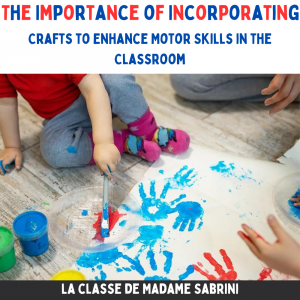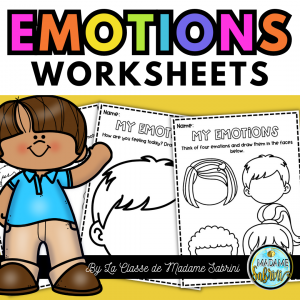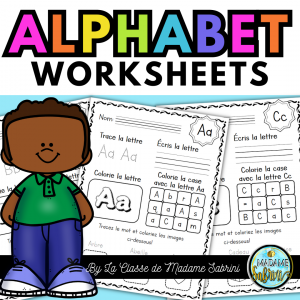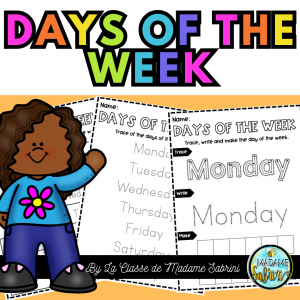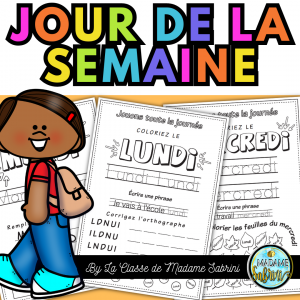
Fine Motor and Crafts
Crafts can play an important role in helping children develop motor skills in the classroom. When done correctly, crafts can provide students with a hands-on learning experience that allows them to work on fine motor skills and encourages creativity. Incorporating crafts into the classroom environment can help students develop eye-hand coordination, practice concentration, and strengthen fine motor muscles.
Hot in the Shop

ALL WE'RE MISSING IS YOU!
Join us over on instagram for even more great resources, ideas, and teaching tips for kindergarten and early elementary teachers!

Welcome Friends!
My name is sabrini and I am the face behind La classe de madame sabrini. In my classroom, I love to make learning fun and engaging through hands-on activities and games. My goal is to help students develop a love for language and learning that will last a lifetime

